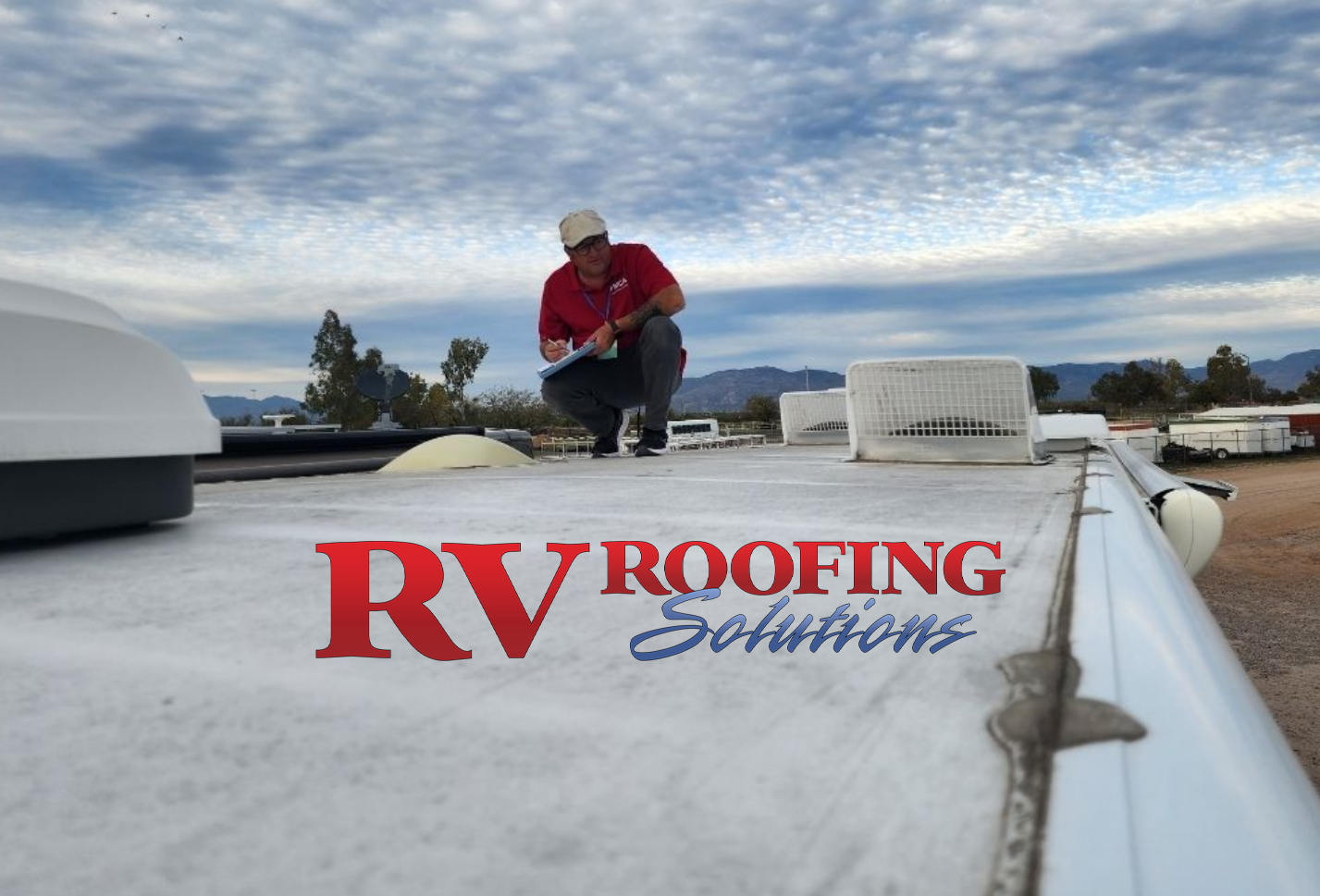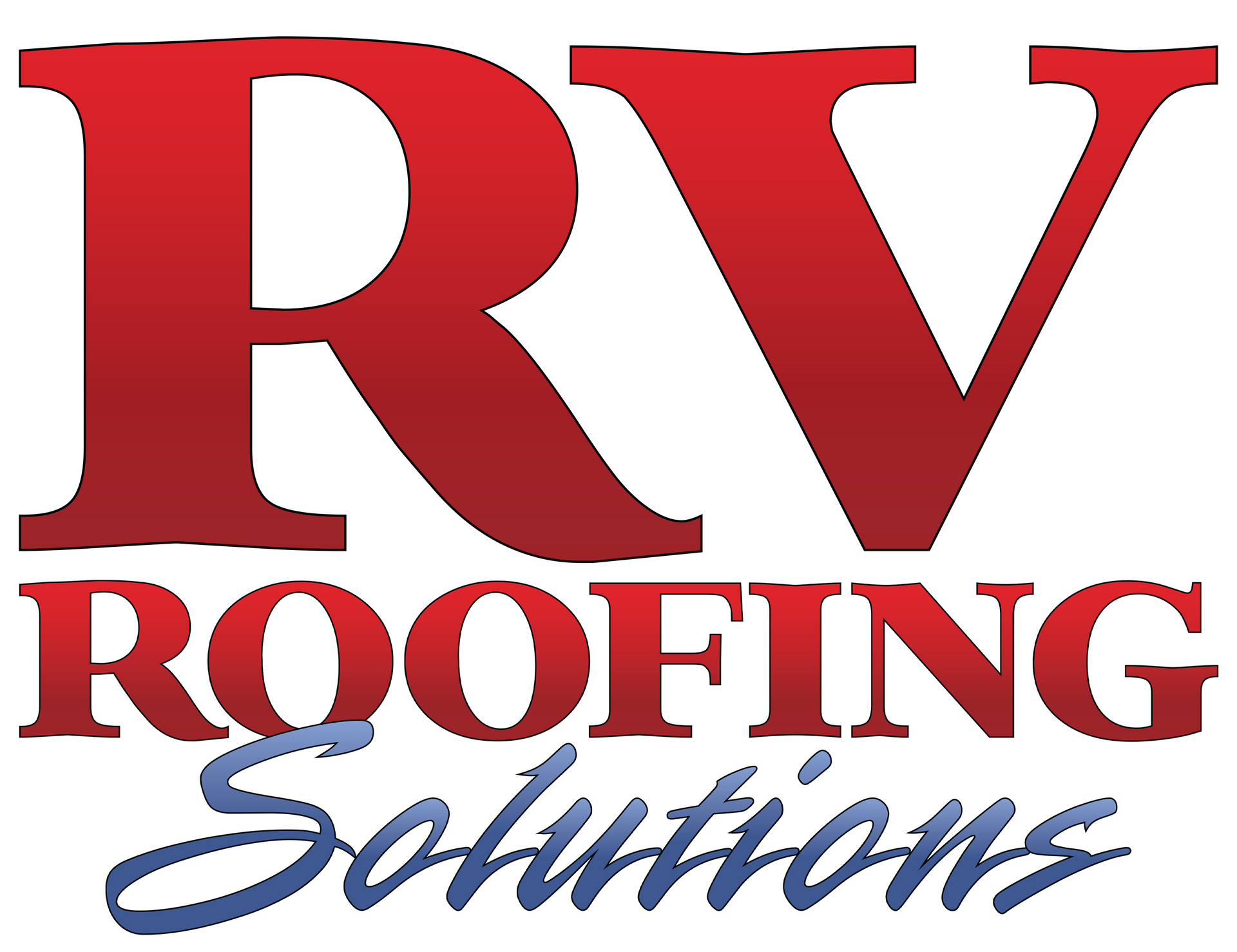Our 2025 Event Calendar
RV Roofing Solutions • January 9, 2025
Full 2025 Event Calendar is coming SOON!

Can you believe we are already 9 whole days into 2025?
We have been asked a few times now where are we headed in 2025. And like a sailors plans, as RV'ers our plans are sometimes written in sand.... at low tide. Slowly & surely our 2025 event calendar is coming together and it looks like it's going to be quite a year!
Unfortunately we can't always attend every rally or event we are in invited to... but we try!
Whats the difference between going to an RV Show and attending a rally?
So the biggest difference between an RV show and a rally is our services at that event.
The FRVTA Florida Supershow
is an obvious example of an RV show. When we attend a show like this we typically do a one on one consultation about your RV roof at the booth. We discuss your maintenance schedule, the condition of the roof, the age of the unit and, if your roof is in good condition, the benefits of our maintenane free RV Roofing system in lieu of an annual peel and seal.
At a show we will often have a "show special" to save you some money... and who doesn't want to save money? We also often stack some discounts at a show for our veterans, 1st Responders and also teachers. As a veteran owned company it's just our way of giving back and saying Thank you.
At some events across the country you can get a FREE year of FMCA
(on us!) with the purchase of an RV Roofing Solutions Complete System. If you are already an FMCA member,
there could be a discount applied in addition to the show bonus. It's always good when a club member benefit literally pays for itself!
Escapee's members
can SAVE a little extra too! As full-time RV'ers ourselves we always try to give back to communities we belong to & invest in.
We attend Rallies ALL THE TIME. In fact our very first event of the season is at the 34th Western Area Rally in beautiful Indio CA this weekend. At a rally, in addition to the show savings, we often give a FREE roof inspection with a one on one consultation at your RV. You get an estimate with rally pricing and it's a pretty accurate quote since we are doing the inspection at the rally. SPace on the schedule is sometimes limited and we often have waiting lists by the end of each rally. FREE Roof are limited to rallies with on-site RV parking.
SHOW SAVINGS
The best part of buying an RV Roofing Solutions Maintenance FREE Roofing System at a show is the savings!
It's really easy.
- stop by the booth to get your estimate.
- Watch your email. The quote will be sent directly to you.
- Sit down and take a few moments to review the estimate
- To lock in the show savings, you will simply hit "approve" on that quote.
- Once approved, our team will send over the contract for you to review and sign.
- Sign the contract and pay the deposit.
When do I have to schedule my installation?
Honestly, that's up to you. While many of our clients want to get on the caledar as soon as possible, some people like to wait until their next maintenance cycle. A lot of prople at a fall show will schedule the following spring or summer. Locking in the savings simply means, if our price sheet goes up- yours won't.
Where do I go for the installation?
We come to you! Our service team is well versed in scheduling the work at a campground or at your home. We can even make it work for travel schedules if you are a full-timer. This step is coordinated after the deposit is paid. Lead time does vary by location.
How can you get one of our teams to your event?
Sumbit an email to info@rvroofingsolutions.com
We will need to know
- The location of your event.
- The approxamate number of RV's attending
- The dates of the event
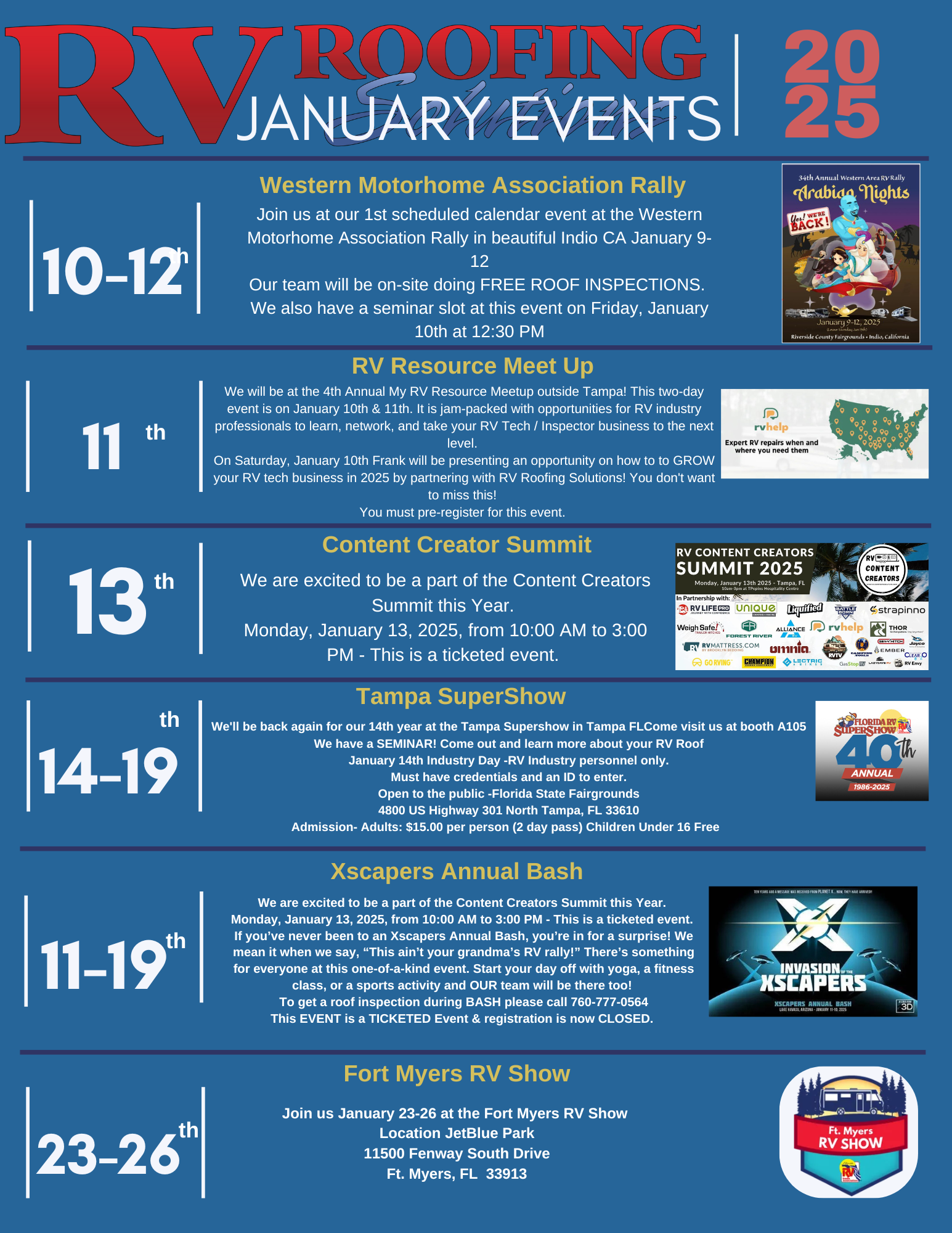
You might also like
RV Roofing Solutions' Blog
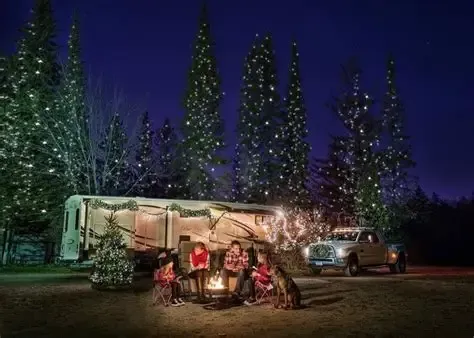
Let’s be honest—nobody wakes up Christmas morning hoping Santa left a new RV roof under the tree. It’s not shiny. It doesn’t beep. It won’t fit in a stocking. But here’s the thing: a maintenance-free roofing system from RV Roofing Solutions might just be the most underrated gift you could give (or get) this season. While others are wrapping gadgets and gizmos, you could be wrapping up years of worry-free travel. No more climbing up ladders with sealant in hand. No more surprise leaks during your holiday road trip. Just peace of mind, durability, and a roof that’s built to last—season after season. Why It’s a Holiday Hero • Zero maintenance means more time sipping cocoa and less time patching seams. • Just wash it twice a year—that’s it. No annual resealing, no stress. • Weatherproof UV protection keeps your rig cozy through winter storms and summer heat. • Long-term savings make it a gift that keeps on giving—far beyond the holidays. • Veteran-approved: Our systems are trusted by RVers who value strength, reliability, and no-nonsense solutions. So while it may not sparkle like tinsel, a new roof is a gift of freedom, security, and smart investment. And for those who’ve spent the year chasing sunsets and campfire memories, it’s a way to say: “I’ve got your back—literally.” Bonus Holiday Savings Lock in our 2025 pricing before rates increase in January and unwrap exclusive end-of-year savings! Approve your estimate and pay your deposit by December 15th to secure your spot, claim your FREE Wash Wax ALL Kit, and enjoy the peace of mind that comes with planning ahead.
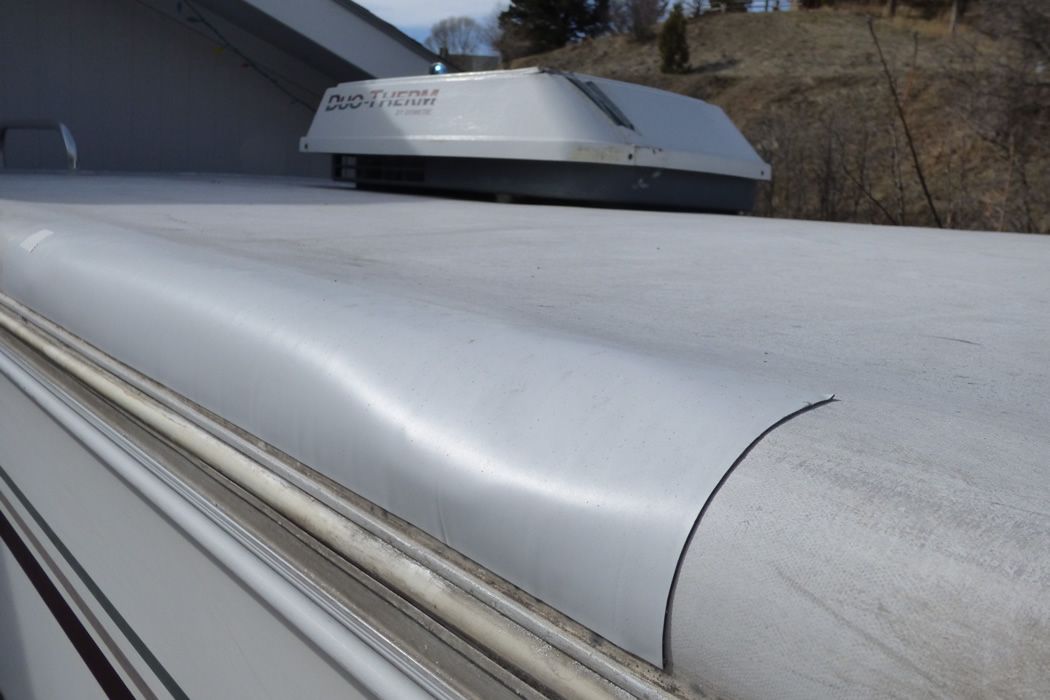
Real-World Example: A $200 Patch That Became a $9,000 Roof We recently worked with a couple who had patched a small tear in their RV roof using off-the-shelf tape they found at a local store. It held — for a while. But a few months later, they noticed bubbling in the ceiling and a musty smell creeping in. What they couldn’t see was the real problem: the patch had failed, and water had been slowly seeping into the roof’s substructure. By the time we got on the roof to do the install, the damage had significantly spread — compromising the roof decking, soaking the insulation, and even affecting interior panels. What started as what they thought would be a simple fix turned into a full roof replacement that cost over $9,000. And the worst part? Much of that damage could have been avoided with early intervention. Layer Cake Caulk? Not the Solution. We see it all the time — RV roofs covered in layers of caulk, tape, and sealant. It might feel like you’re reinforcing protection, but the truth is: layered patching is one of the worst things you can do. Why? • It traps dirt and debris between layers, creating pockets where water can sneak in. • It deteriorates unevenly, making it nearly impossible to pinpoint the source of a leak. • It hides damage, giving a false sense of security while moisture spreads underneath. We call it “layer cake caulk,” and trust us — it’s not sweet. At rallies this year alone, RV Roofing Solutions provided over 600 FREE roof inspections. And we found issues in rigs of every age and style — sometimes even a stray tree branch was the culprit. But more often, it was a patch job gone wrong. If your roof looks like a patchwork of tape and caulk, it’s time to stop layering and start protecting.


